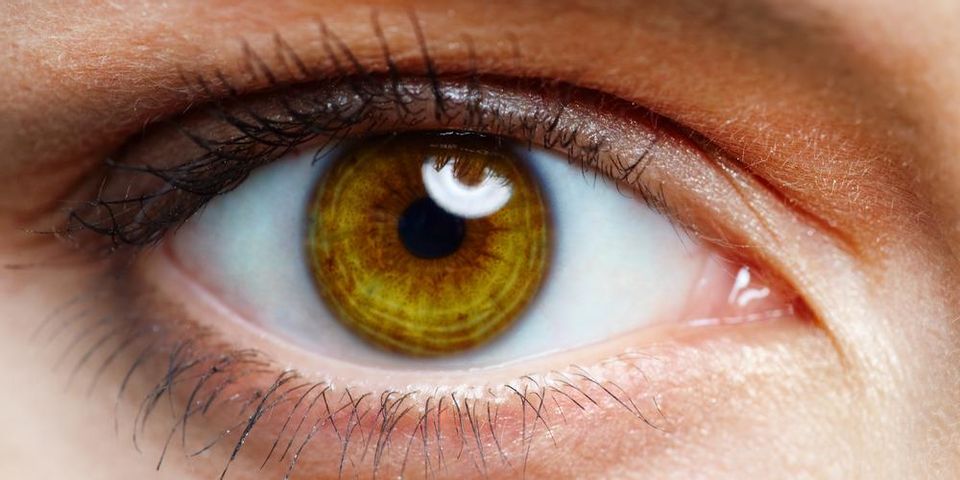
Whether you have 20/20 vision or wear glasses or contacts, there’s probably more than a few aspects you don’t know about the human eyes. Keep reading to learn some surprising facts that you can share when a friend gets a new pair of glasses or at the next trivia night.
Astonishing Facts About the Human Eyes
1. Second Only to the Brain
The eyes are the second-most complex organs in the human body after the brain. They contain over 2 million functioning parts and the eyes process up to 35,000 pieces of information per hour. About half the brain is constantly involved in the transmission of images, which the retina sees upside down and the brain must flip right-side-up.
2. Blink 12 to 17 Times a Minute
On average, we blink between 12 and 17 times per minute, and each blink lasts about one-tenth of a second. People who use computers for work or otherwise spend a lot of time looking at screens tend to blink much less, making them more likely to suffer from dry eyes.
3. Newborns Can’t Produce Tears
 Sure, they may cry a lot, but newborns don’t start producing tears until they’re 4 to 13 weeks old. Most newborns can see clearly up to 15 inches away; however, some are born with vision impairment and may need special pediatric eyewear as young as two weeks old.
Sure, they may cry a lot, but newborns don’t start producing tears until they’re 4 to 13 weeks old. Most newborns can see clearly up to 15 inches away; however, some are born with vision impairment and may need special pediatric eyewear as young as two weeks old.
4. 20/20 Doesn’t Mean Perfect
Most people think having 20/20 vision means their vision is “perfect.” What it actually means is that you can see 20 feet in front of you just as well as the average person.
5. Same Size, Different Shapes
Eyeballs are roughly an inch across and weigh about 0.25 ounces, but their shapes can vary, and different shapes can affect vision. For example, if the eyes are longer than normal, you’re nearsighted, or have trouble seeing distances. If the eyes are shorter than normal, you’re farsighted and have trouble seeing objects up close.
6. Blue Eyes Are a Genetic Mutation
Originally, all humans had brown eyes. About 6,000 years ago, a genetic mutation resulted in blue eyes. As such, every blue-eyed person shares a common ancestor with one another. Additionally, even if no recent relatives have blue eyes, the recessive trait can still resurface in later generations.
7. Strongest Muscle in the Body
In relation to the amount of work they do, the eyes are the strongest muscles in the body. They’re on their “A-game” 24/7 and are constantly moving to readjust and keep objects from fading from your vision.
If you aren’t fortunate enough to have 20/20 vision, it’s important to get glasses or contact lenses that not only help you see clearly but also fit comfortably. The opticians at Cook Inlet Eyewear in Anchorage, AK, can help you find the perfect eyewear for your needs. With two master opticians on staff, you can feel confident they’ll help find the right glasses or contacts for you. Visit their website for more information, or call (907) 276-1021 to speak with an optician today.
About the Business
Have a question? Ask the experts!
Send your question

